Quote
He talked about the exhilaration of taking chances and how great that felt. I am by nature more cautious, so our discussion was lively. We finally wound around to bullfighting and Hemingway’s Death in the Afternoon.
His eyes lit up and he leaned forward as he insisted that “Old Hemingway squeezed the juice out of life.”
I agreed.
"I’m not going to live past 30," he said, and smiled, looking intently at me.
Via JamesDeanDaily
7 notes
·
View notes
Photo
#omg maven #courtesy gauntlet: oldhollywood #Katherine Hepburn #Colin Keith-Johnston #rise of a star #1932

100 notes
·
View notes
Photo
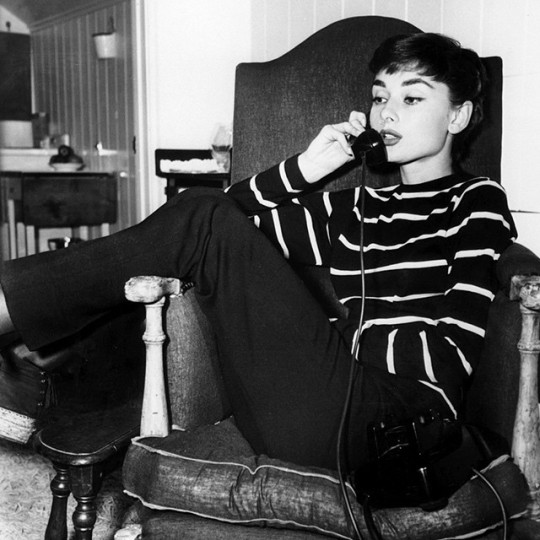
upload xo
368 notes
·
View notes
Photo



David Bowie photographed by Michel Haddi for Interview magazine, May 1993
10K notes
·
View notes
Photo

Goodbye, Duke. 10 January 2016.
2 notes
·
View notes
Photo

LAWRENCE PETER “YOGI” BERRA.
May 12, 1925- September 22, 2015
“It ain't over till it's over“
0 notes
Photo
Where do Chinese textile firms move when it becomes too expensive in to manufacture in China? The US, of course. Read more.

Reshoring Textiles
The country we’ve insulted for the last fifty years, calling them a low-skill, low-quality manufacturer, is coming to the US to train our workers. The New York Times has a story about how Chinese firms are setting up textile companies in South Carolina.
Twenty-five years ago, Ni Meijuan earned $19 a month working the spinning machines at a vast textile factory in the Chinese city of Hangzhou. Now at the Keer Group’s cotton mill in South Carolina, which opened in April, Ms. Ni is training American workers to do the job she used to do.
“They’re quick learners,” Ms. Ni said after showing two fresh recruits how to tease errant wisps of cotton from the machines’ grinding gears. “But they have to learn to be quicker.”
Once the epitome of cheap mass manufacturing, textile producers from formerly low-cost nations are starting to set up shop in America. It is part of a blurring of once seemingly clear-cut boundaries between high- and low-cost manufacturing nations that few would have predicted a decade ago.
Textile production in China is becoming increasingly unprofitable after years of rising wages, higher energy bills and mounting logistical costs, as well as new government quotas on the import of cotton.
At the same time, manufacturing costs in the United States are becoming more competitive. In Lancaster County, where Indian Land is located, Keer has found residents desperate for work, even at depressed wages, as well as access to cheap and abundant land and energy and heavily subsidized cotton.
[…]
The Carolinas are now home to at least 20 Chinese manufacturers, including Keer and Sun Fiber, which set up a polyester fiber plant in Richburg, S.C., last year. And in Lancaster County, negotiations are underway with two more textile companies, from Taiwan and the Chinese mainland.
The bad news? This won’t create that many American jobs.
The work is highly automated, with the factory’s 32 production lines churning out about 85 tons of yarn a day. Even when Keer opens a second factory next year, it will hire just 500 workers, a fraction of the thousands of workers who toiled at cotton mills across the South for much of the 19th and 20th centuries — a big reason Keer is able to keep costs down.
You can read the rest here.
114 notes
·
View notes
Photo
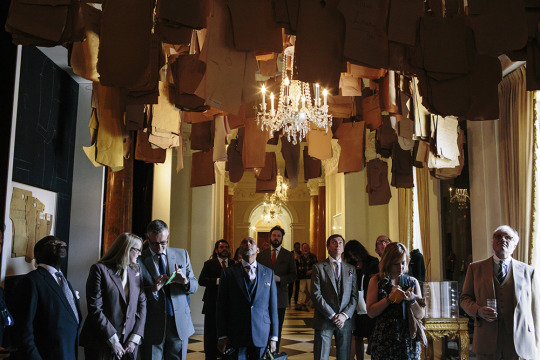


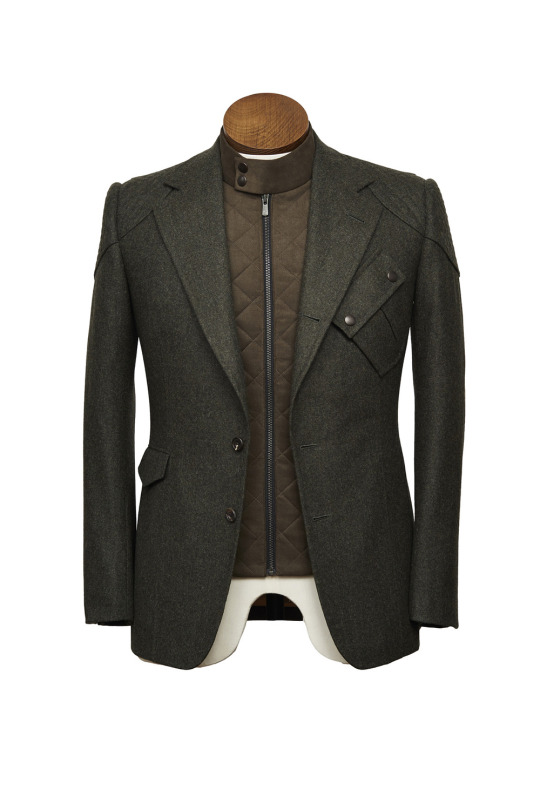
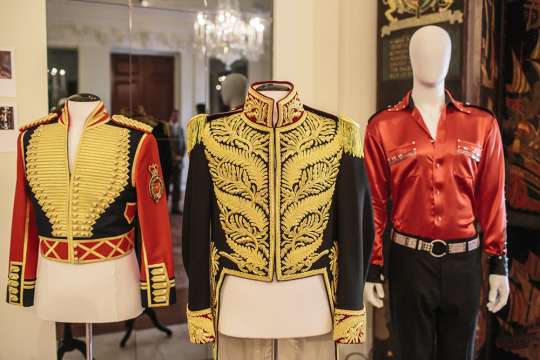
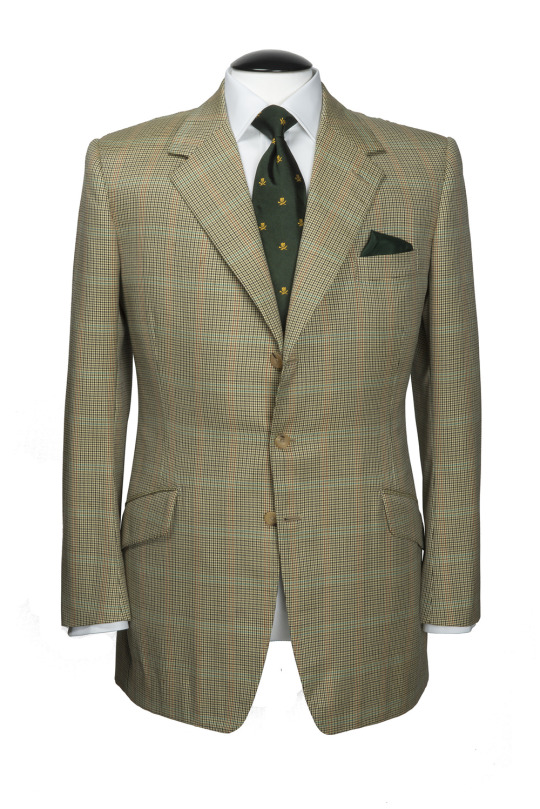



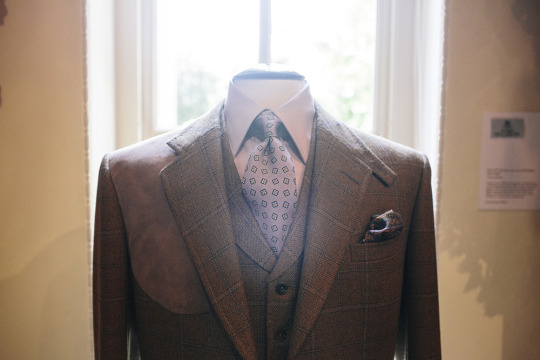
Savile Row Exhibition Photos
Check out these wonderful photos on the Flickr account of the British embassy in Washington, DC, documenting their recent Savile Row exhibition. There are some shots of the event’s opening day, as well as the jackets themselves. Included is this special driving jacket, which is a collaboration piece between Gieves & Hawkes and Bentley. More than just a sport coat, it features an angled pocket for easy entry when you’re driving, a hidden zippered pocket under the right lapel, and shooting pleats behind the sleeves, so you can comfortably extend both your arms. The lapels can also be lifted up to give extra protection, while the interior has a detachable, quilted bib. You can see more of the jacket on Davide Taub’s blog, who works as the head cutter at Gieves & Hawkes. He also has other great posts worth checking out. This coat is particularly awesome.
197 notes
·
View notes
Photo

When talent shines through, people notice.
1 note
·
View note
Photo



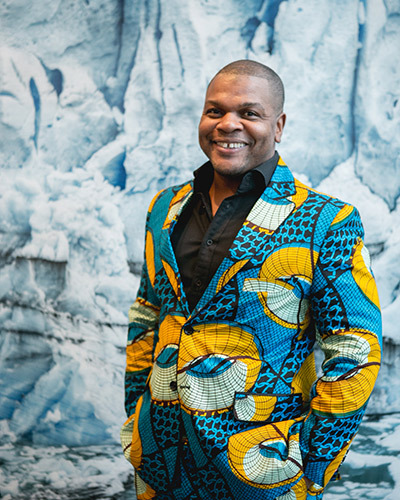
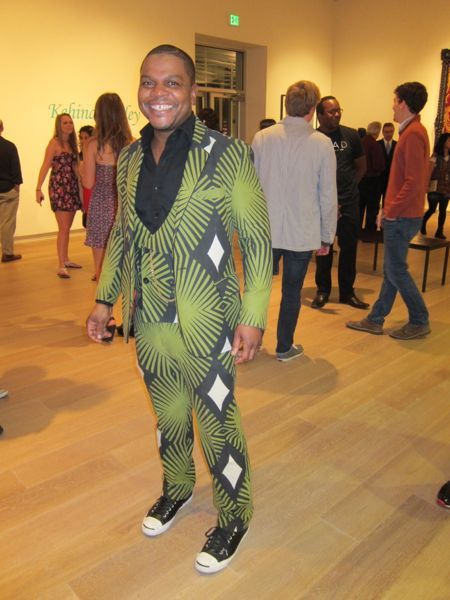
Suit as a Canvas: Kehinde Wiley’s Awesome Tailoring
You know artist Kehinde Wiley’s work when you see it: vividly toned portraits of people of color in classical settings or against intricately detailed backgrounds (WIley also works in sculpture and stained glass). At a time when a lot of people write off modern visual art as overly conceptual, requiring an art degree to properly appreciate, Wiley’s work is stunningly beautiful, without compromising the meaningfulness of placing his subjects in settings reserved, in the history of western art, primarily for white people.
Likewise you’d recognize Wiley’s suits when you see them. He sources colorful fabrics from all over the world to use as source material for his backgrounds, and sometimes those fabrics make their way into his tailored wardrobe; allegedly he has over 100 suits, some made by a Beijing tailor and some by Ron and Ron, a New York outfit. He usually wears a simple black shirt to complement the brightly patterned suitings. The takeaway is to let your life influence your wardrobe and not be afraid of standing out sometimes–whether that’s adding accessories picked up in your globe-trotting or letting some painterly qualities into your suit fabric choices.
A successful painter can get away with wearing whatever he wants (just ask Picasso). But if you’re looking for something more broadly available in the same spirit as Wiley’s suits, you might consider Ikire Jones.
-Pete
139 notes
·
View notes
Photo

Happy Monday! Be ambitious, and remember to exfoliate!
0 notes
Photo

“You don’t always win your battles, but it’s good to know you fought.”
Lauren Bacall.
5K notes
·
View notes
Photo


RILEY BEN “B.B.“ KING.
September 16, 1925- May 15, 2015.
King of Blues.
3 notes
·
View notes
Video
youtube
On Last Week Tonight, John Oliver takes on fast fashion. When you shop at H&M, Zara or the Gap, you get cheap clothes. But there’s a cost.
188 notes
·
View notes
Photo

Gary Raymond.
8 notes
·
View notes
Photo

A Suitable Rite of Passage
LaTroy Hawkins is 42 years old, now, and this could be his last year closing games in the big leagues. When he leaves the game, though, he’ll leave a legacy. A legacy above and beyond what he did on the field. A legacy of well-dressed rookies.
When Hawkins himself was a rookie, Hall of Famer Kirby Puckett noticed his shabby road clothes and took him on a shopping spree. Since then, Hawkins has tried to do the same for a few rookies every year. In fact, as Jonah Keri writes in Grantland, it’s a major league tradition. Veterans pay for dinner, and they buy rookies suits. No strings attached.
It’s telling that even professional athletes see dressing like a grownup as a rite of passage. Some of these kids may be back on the farm a few months after their trip to the big club. They may even stay there. But they’ll always remember the time that a big leaguer helped them live like a man.
81 notes
·
View notes
